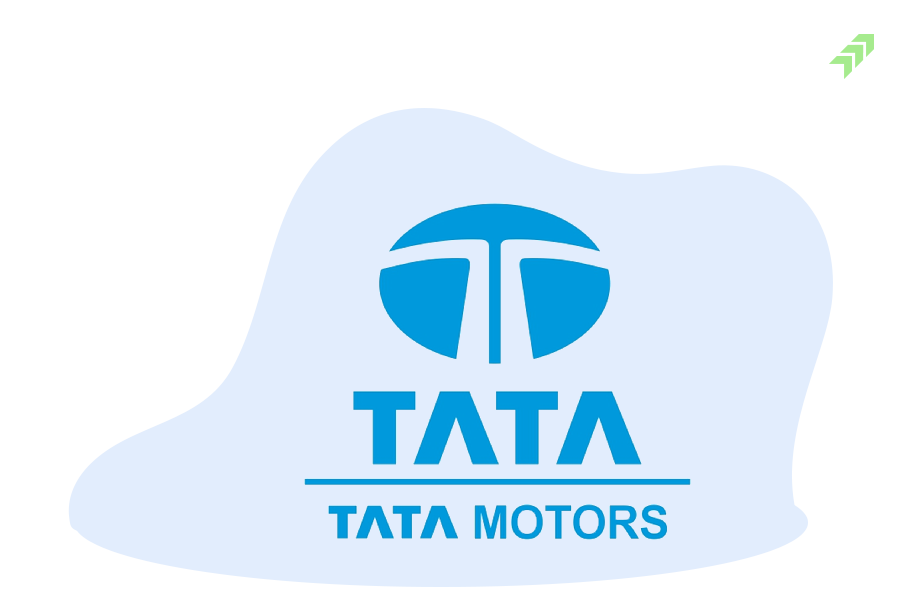Value investing
Warren Buffett’s famous quote about value investing is “Price is what you pay, Value is what you get.” When a big investor shares their market thoughts, everyone’s ears perk up because they read, summarize, assume various scenarios, and discount through a large amount of data. These investors make large profits because they conduct fundamental analysis, forecast trends and growth in a specific industry, and invest in the early stages of a business by taking sizable positions. The present value of a business is estimated by discounting future cash flows that the business is likely to generate over its lifetime. Prices are known up front, but value is created in the future; therefore, investors must be visionary and risk takers.
Value = present value of future cash flow
If price paid today < the value overtime
It is value investing
VaR
Value-at-Risk (VaR) of an investment is a measure of its risk of loss. It estimates how much a portfolio of investments might lose in a given time period under normal market conditions. It is commonly used by financial firms and regulators to determine the amount of assets required to cover potential losses. The p VaR can be defined informally for a given portfolio, time horizon, and probability p as the maximum possible loss during that time after excluding all negative outliers whose combined probability is at most p. This assumes mark-to-market pricing and no portfolio trading. It is important to note that, for a fixed p, the p VaR does not assess the magnitude of loss when a VaR breach occurs and is thus regarded as a questionable risk management metric by some. VaR has four primary applications in finance: risk management, financial control, financial reporting, and regulatory capital computation. VaR is also used in non-financial applications on occasion.
Open FREE Demat Account in less than 10 minutes
20
Get Instant Pledge Benefits* + Zero Delivery Brokerage* to maximize your returns
10
Per order only (No hidden charges)


















